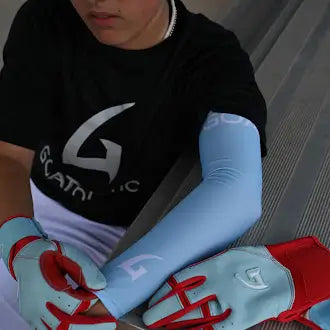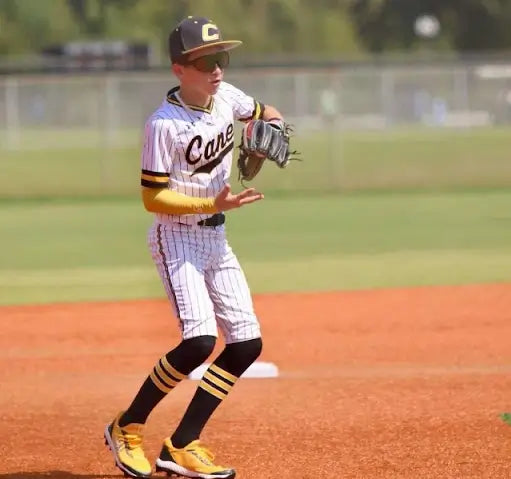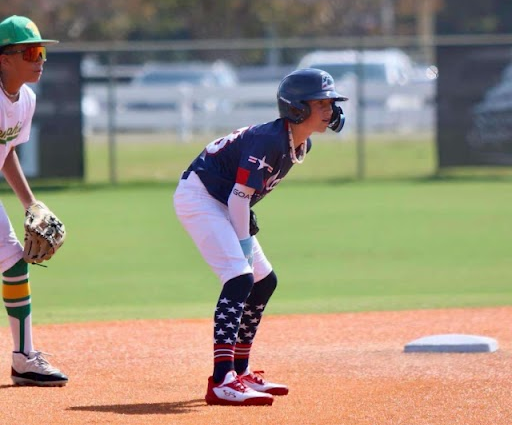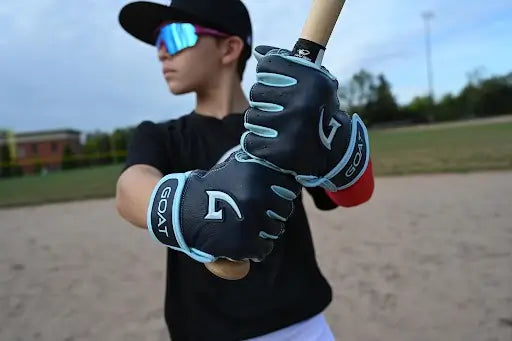Youth baseball has long been a cornerstone of childhood for millions of kids across America. The crack of the bat, the chatter on the field, and the joy of team camaraderie have remained timeless. However, the game has evolved significantly over the past 25 years, influenced by advancements in technology, changing societal trends, and shifts in the way young athletes train and compete. Let’s take a closer look at how youth baseball is different today than it was a quarter of a century ago.
1. The Role of Technology
One of the most striking changes in youth baseball is the influence of technology. Twenty-five years ago, players and coaches relied on intuition and basic tools to improve performance. Today, advanced tools like swing analyzers, pitch trackers, and wearable sensors provide detailed insights into a player's mechanics. Platforms like Rapsodo and Blast Motion help young athletes fine-tune their skills by analyzing metrics such as bat speed, launch angle, and spin rate. Video analysis apps also allow coaches to break down swings and pitching motions frame by frame, offering a level of precision that was unheard of in the 1990s.
2. Increased Specialization and Year-Round Play
In the past, many young athletes played multiple sports throughout the year, with baseball taking center stage only during spring and summer. Today, youth baseball has become a year-round endeavor for many families, with fall leagues, winter training programs, and travel teams dominating schedules. While this can lead to higher skill levels, it has also sparked debates about burnout and overuse injuries, particularly in young pitchers.
3. The Rise of Travel Baseball
Travel baseball was a niche concept 25 years ago, often limited to a select few players. Now, it’s a booming industry, with competitive teams forming at increasingly younger ages. Families routinely travel across states—and sometimes even across the country—for tournaments, often at considerable expense. This shift has raised questions about accessibility and the pressure on young athletes to perform at an elite level.
4. Emphasis on Player Development
While recreational leagues still exist, there has been a marked shift toward player development programs that emphasize skill-building over casual play. Specialized coaching, private lessons, and performance training are now commonplace. Facilities equipped with batting cages, pitching mounds, and strength training equipment cater to aspiring athletes year-round, a stark contrast to the informal backyard practices of yesteryear.
5. Safety and Equipment Improvements
Player safety has become a top priority in modern youth baseball. Helmets with face guards, padded chest protectors, and improved bat designs have made the game safer. In addition, awareness of concussions and arm injuries has led to pitch count regulations and guidelines for proper throwing mechanics. These measures aim to protect young athletes from long-term harm while still fostering a love for the game.
6. Social Media and College Recruitment
Social media has revolutionized how young athletes showcase their talents. Platforms like Instagram, YouTube, and Twitter allow players to share highlight reels and connect with college recruiters in ways that were impossible 25 years ago. This visibility can open doors for scholarships and opportunities but also adds a layer of pressure to perform under the watchful eye of the internet.
7. Parental Involvement and Investment
Parental involvement in youth baseball has always been a given, but today’s parents are often more deeply invested—financially and emotionally—than ever before. From paying for travel teams and private lessons to managing a packed tournament schedule, parents are key drivers in the modern youth baseball ecosystem. This heightened involvement can foster growth but may also lead to added stress for young players.
Conclusion
While the essence of youth baseball—teamwork, skill development, and a love for the game—remains intact, the way it’s played and experienced has undergone significant changes over the past 25 years. From technological advancements to increased specialization and safety measures, the evolution of youth baseball reflects broader shifts in sports and society. As the game continues to grow and adapt, striking a balance between competition and fun will be key to preserving its timeless appeal for future generations.












